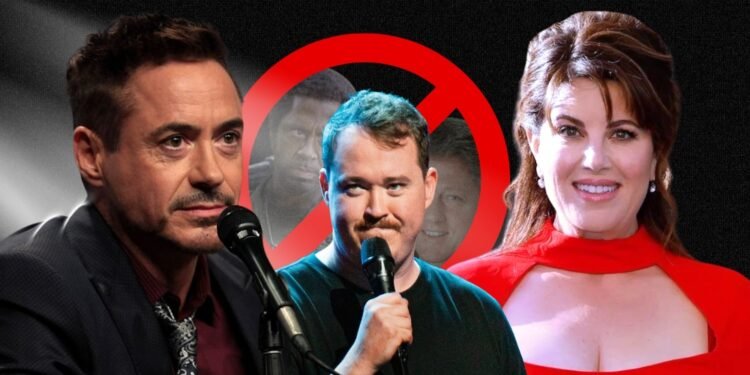In the late 2010s, cancel culture emerged as a force that reshaped how we speak and think, especially in places meant for open ideas like universities. Born from a desire to hold people accountable, it morphed into a tool that often silenced honest debate, spreading fear and demanding conformity.
By 2025, its grip has loosened, but its legacy still lingers, reminding us how quickly good intentions can quiet the very voices they aim to protect.
Social media platforms, exploding in influence around 2012, set the stage. They gave everyone a megaphone, turning private opinions into public trials. In academic halls, where ideas should clash freely, cancel culture took root with a vengeance. Students and professors began tiptoeing around topics, afraid a single word could spark outrage.
A 2020 survey by Cato Institute found that 62% of Americans said the political climate prevents them from saying things they believe—a number that was particularly high among college-educated respondents and younger Americans [Cato Institute, 2020].
The fear wasn’t just about losing face—it was about losing jobs, scholarships, or social standing. One wrong tweet, one misspoken phrase in a lecture, and careers could unravel.
The case of Georgetown Law professor Sandra Sellers, fired in 2021 for a recorded Zoom conversation, and NYT writer Donald McNeil Jr., forced to resign after a student trip controversy, illustrate how quickly professional lives could be upended [The Washington Post, 2021; The New York Times, 2021].
This wasn’t just about punishing bad ideas; it was about enforcing a narrow set of beliefs. Cancel culture didn’t argue—it shamed. It didn’t invite discussion—it demanded apologies.
In classrooms, students stopped challenging professors, not out of respect, but out of worry they’d be labeled as “problematic.” Professors, too, self-censored, avoiding tough topics like race or politics to dodge complaints.
A 2021 report by the Foundation for Individual Rights in Education (FIRE) noted that more than 60% of faculty said they were somewhat or very likely to self-censor in academic settings [FIRE, 2021].
The result was a kind of intellectual freeze, where conformity trumped curiosity. Young people, eager to learn, found themselves in echo chambers instead, their education more about fitting in than standing out.
The human cost was real. People weren’t just losing arguments; they were losing their nerve to speak at all. Cancel culture thrived on fear, making everyone second-guess their words.
It wasn’t enough to be thoughtful—you had to be flawless, or at least seem that way online. But perfection’s a tough standard, and the mob wasn’t forgiving. The irony? Those pushing for inclusivity often excluded anyone who didn’t toe the line, creating a culture where dissent felt like betrayal.
By 2023, cracks started showing. People got tired of the outrage cycle. Social media platforms, under pressure, began tweaking algorithms to cool off viral attacks.
In 2023, X (formerly Twitter) and Meta implemented tools that limited virality of mass call-out posts through content visibility adjustments and de-boosting [MIT Tech Review, 2023; Platformer, 2023].
In universities, some students and faculty pushed back, demanding spaces where ideas could breathe again. The University of Chicago and Princeton both saw increases in free speech events and open debates during this period, reflecting a shift [Heterodox Academy, 2024].
A 2024 report from FIRE also noted a small resurgence in “free expression zones” and open-dialogue events on campuses, suggesting a cultural thaw. Cancel culture didn’t vanish overnight, but it lost its bite as more folks called it out for what it was: a shortcut that dodged real debate.
The fall of cancel culture leaves us with scars but also lessons. It showed how fast we can slide from wanting justice to wielding power. It exposed the fragility of open dialogue in a world where clicks fuel conflict.
But it also sparked a hunger for something better—a way to disagree without destroying, to learn without fear. The path ahead means rebuilding trust, not just in our institutions, but in each other’s good faith. It’s about choosing messy conversations over tidy silence, knowing that’s where real growth happens.












